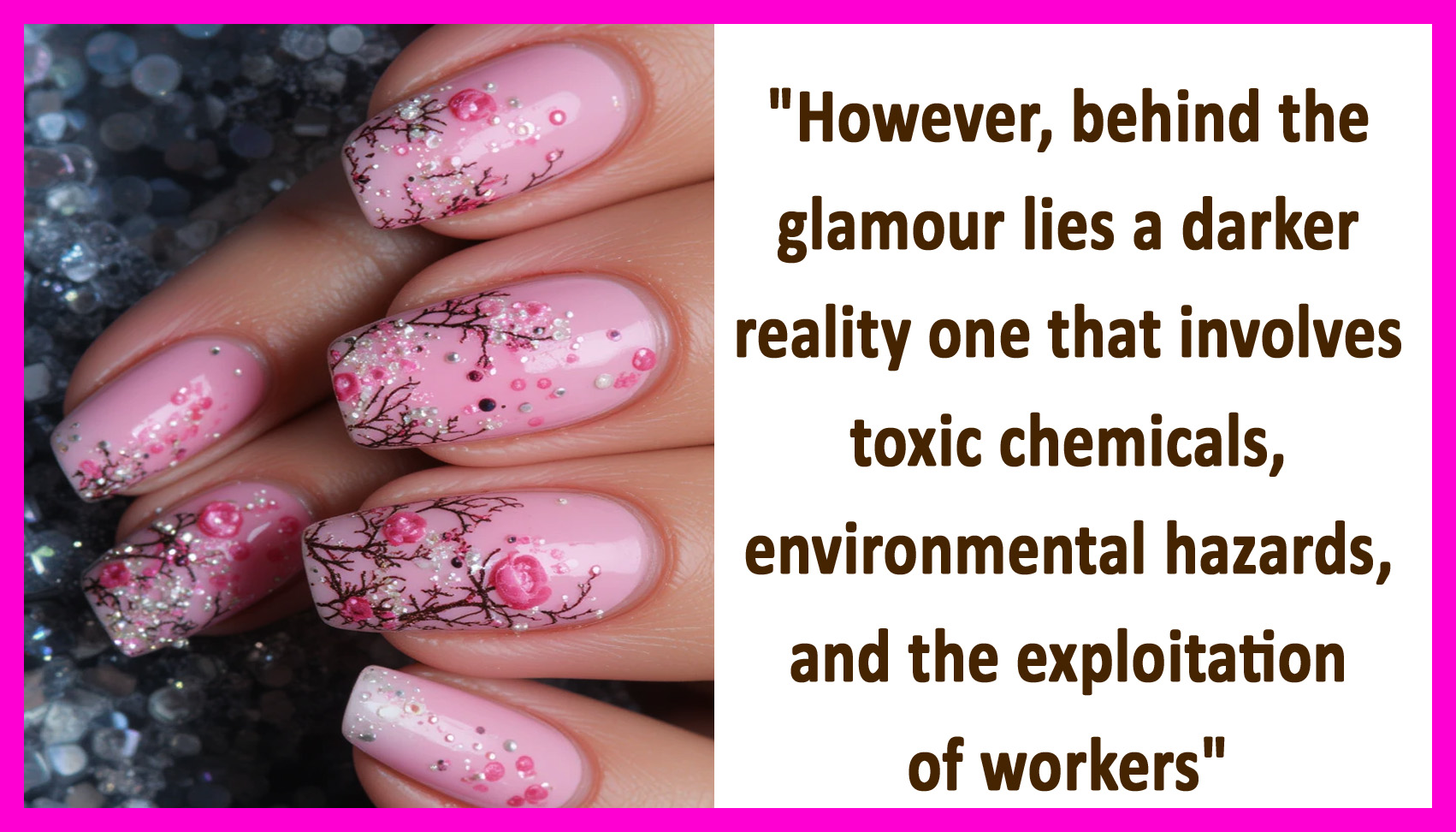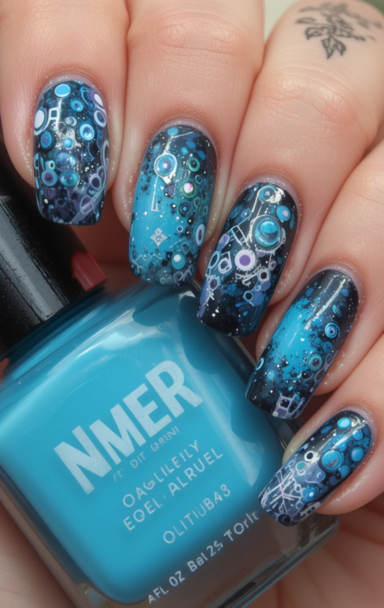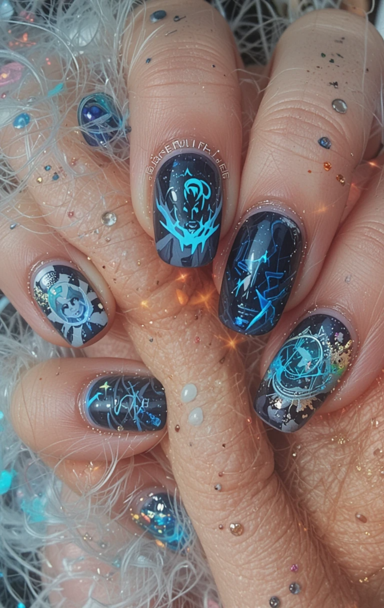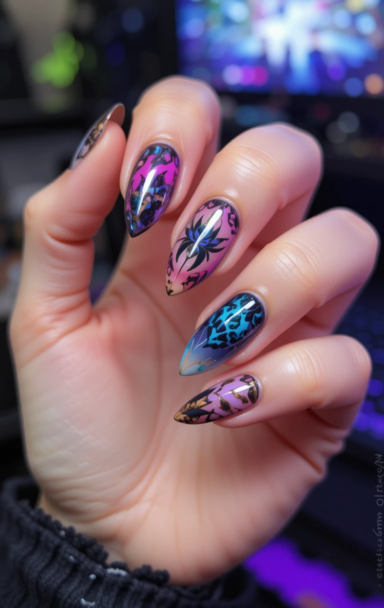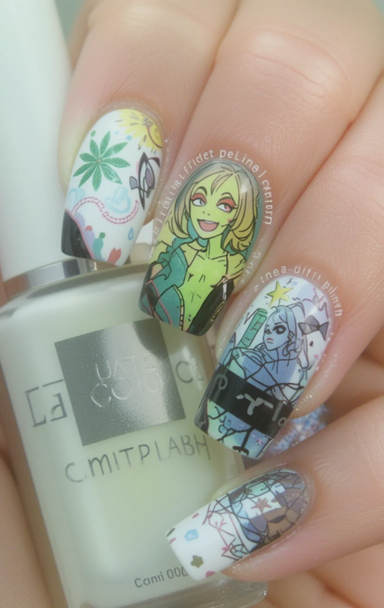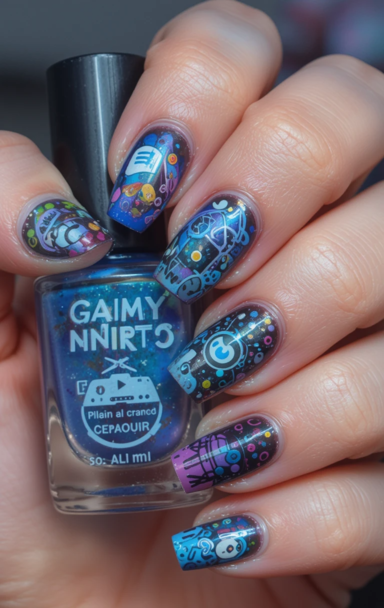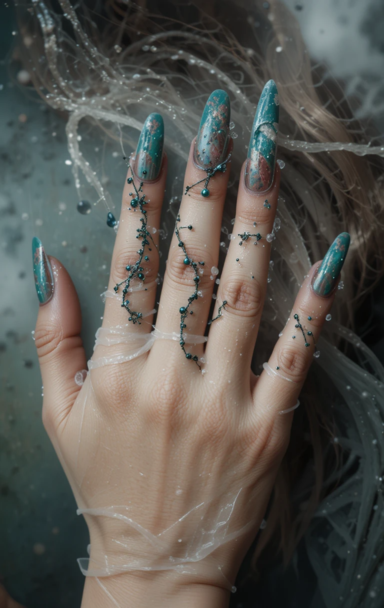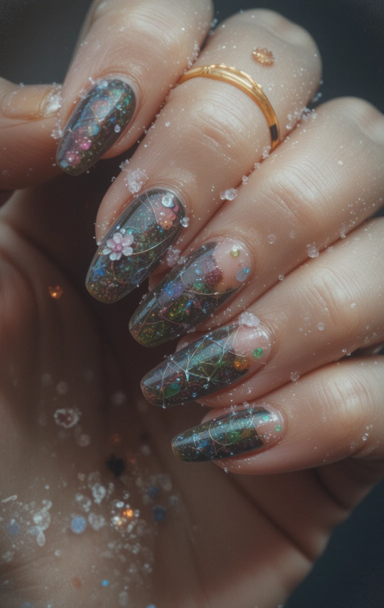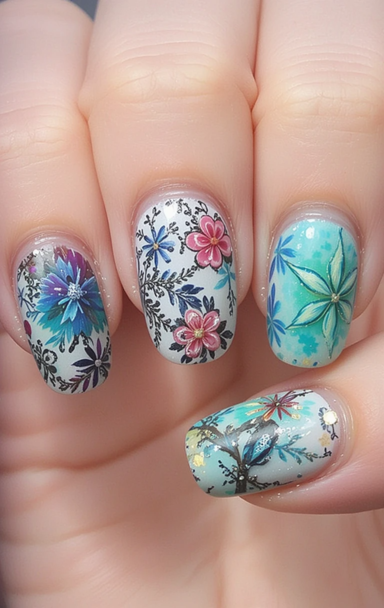The Dark Side of Nail Art: Environmental Toxins and Worker Exploitation
Introduction
Nail art is a booming industry that has transformed into a multi-billion-dollar global enterprise. From intricate designs to long-lasting gel and acrylic enhancements, nail fashion has become an essential part of beauty culture. However, behind the glamour lies a darker reality—one that involves toxic chemicals, environmental hazards, and the exploitation of workers. This article delves into the hidden costs of the nail art industry, shedding light on the environmental and human toll behind perfectly manicured nails.
The Environmental Impact of Nail Art
1. Toxic Chemicals in Nail Products
Nail polishes, gels, and acrylics often contain harmful chemicals that pose risks to both human health and the environment. Some of the most concerning substances include:
- Formaldehyde: A known carcinogen used to harden nail polish.
- Toluene: A solvent that helps nail polish dry smoothly but can cause neurological damage.
- Dibutyl phthalate (DBP): A plasticizer linked to reproductive harm.
- Methacrylates: Found in acrylic and gel nails, causing allergic reactions and respiratory problems.
When these chemicals are washed off or discarded, they enter water systems, polluting the environment and affecting aquatic life.
2. Waste Generation and Pollution
The nail industry generates significant waste, including:
- Single-use plastics like nail buffers, cotton pads, and disposable gloves.
- Leftover polish, acrylic powder, and gel residues that contaminate landfills and water supplies.
- UV lamps and other electronic tools that contribute to electronic waste (e-waste).
3. Air and Water Contamination
Many nail salons use ventilation systems that release volatile organic compounds (VOCs) into the air. These emissions contribute to poor air quality, impacting both workers and clients. Additionally, wastewater containing polish, acetone, and disinfectants enters sewage systems, leading to long-term environmental damage.
Worker Exploitation in the Nail Industry
1. Poor Working Conditions
Many nail technicians, particularly in the U.S. and Europe, are immigrants from countries like Vietnam, China, and Korea. They often face:
- Low wages, sometimes below minimum wage.
- Long working hours with little to no breaks.
- Exposure to hazardous chemicals without proper protective equipment.
2. Health Risks Faced by Nail Technicians
Constant exposure to nail chemicals has been linked to severe health problems, including:
- Respiratory diseases such as asthma and bronchitis.
- Skin disorders from repeated exposure to acrylic dust and solvents.
- Reproductive issues and increased risks of miscarriage due to prolonged exposure to toxins.
3. Exploitation and Labor Violations
In some cases, nail salons engage in unethical labor practices, including:
- Wage theft and unpaid labor.
- Human trafficking and forced labor, particularly among undocumented workers.
- Retaliation against workers who attempt to unionize or report violations.
Sustainable and Ethical Alternatives
1. Green Nail Salons and Non-Toxic Products
A growing movement towards sustainable beauty has led to the rise of “green” nail salons that:
- Use non-toxic, vegan, and cruelty-free nail products.
- Implement proper ventilation and waste disposal systems.
- Ensure fair wages and safe working conditions for employees.
2. DIY and Eco-Friendly Nail Care
Consumers can reduce their impact by:
- Choosing brands that avoid harmful chemicals (e.g., “5-free” or “10-free” polishes).
- Using reusable tools instead of disposable ones.
- Supporting ethical salons and businesses.
Conclusion
While nail art continues to be a form of self-expression and beauty, it is crucial to recognize its hidden consequences. From environmental toxins to labor exploitation, the industry has serious ethical concerns that must be addressed. By making conscious choices—whether as consumers, workers, or business owners—we can contribute to a more sustainable and fair beauty industry.

